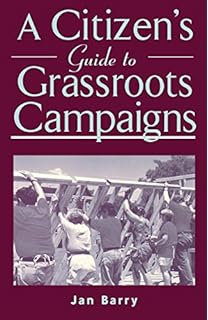| Ramapo River in Hillburn (photo: Geoff Welch) |
By Tara Glickman
Although we are supposed to write a paper about the Ramapo River,
I hope it will be not be opposed that I attempt a poem.
The poems you share to the class allow me to open my eyes
And get a feeling that I was with you on your travels.
I am sitting in the library, researching for an article about current events
At the Ramapo River. I came across an article from December 2015
About a fuel transfer company that proposes to construct underground oil pipelines
So that there is a greater chance the community will survive.
This proposal would carry crude oil through a wooded area of Ramapo and Hillburn.
This idea seems very appealing, but there are doubts.
"This proposed Pilgrim dual pipeline route really looks horrible coming down the
Ramapo Valley so close to the Ramapo River and going through wetlands,”
Said Geoff Welch, Ramapo’s environmental consultant.
“The potential spill risk is unacceptable.”
The Mayor of Hillburn, Craig Flanagan, said he might go along with the project
If it would reduce the number of oil trains going through the town.
He plans to discuss the issue with the mayors of Suffern and Sloatsburg.
The pipelines in Rockland would enter from Orange County near the Sloatsburg border,
Heading southeast through utility passageways between Potake and Cranberry ponds,
Running through Hillburn before leaving New York.
The pipeline would cross through western Ramapo adjacent to Harriman State Park.
Towns and villages along the proposed pipeline have the option of requesting
A review by the state Department of Environmental Conservation.
This is a hard decision because there are trains that are capable of exploding
Versus a pipeline that can leak, which can ruin the aquifer.
The risk of an underground, undetected leak is worse than an explosion.
As horrible as explosions go, the effect is evident.
The response is immediate and the impact to the environment is accessible.
As the world moves away from fossil fuels, there will be fewer trains and barges,
But a huge pipeline mischarges.
It will be there forever rusting away out of sight and out of mind.
That is why I think the proposal should be declined.





